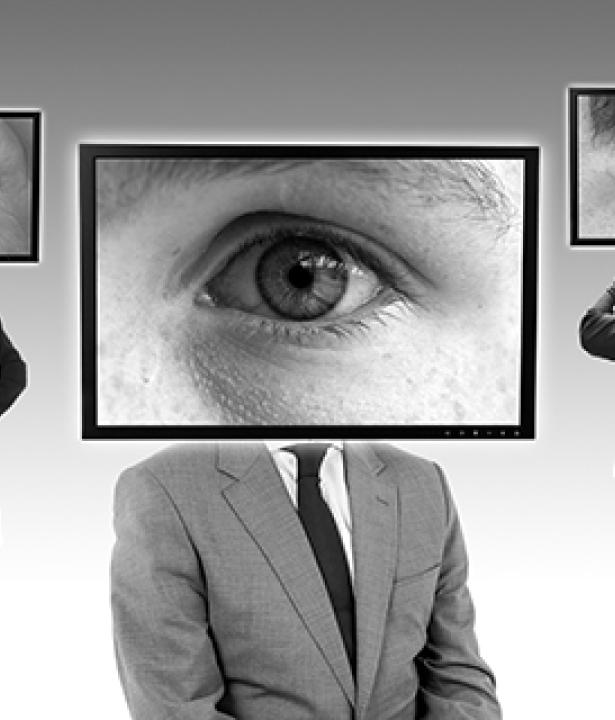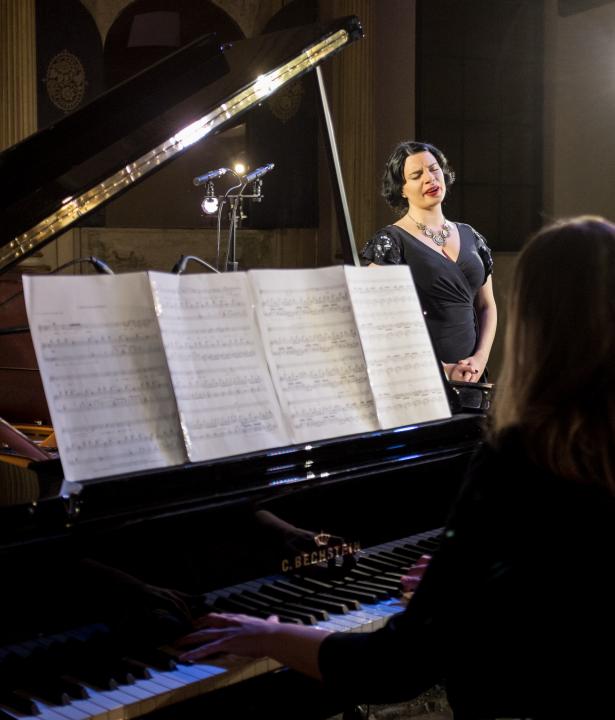Multiethnic coexistence, war and loss are formative experiences that affect a whole generation of people and can have a lasting impact on their children and grandchildren. The four-part film series "Donauschwäbische Zeitzeugen erzählen" ("Danube Swabian eyewitnesses tell their stories") gives Germans from the central Danube region the chance to speak. It shows their life paths and perspectives and, at the same time, takes a daring look into the future.
Text
In the fall of 2017, a film team interviewed 20 Danube Swabians in southern Germany and the region. The interviewees included people who had experienced the Second World War and the post-war years first-hand as well as the children and grandchildren of this generation. The result was a comprehensive documentary about the life journeys and perspectives of several generations.
Danube
deu. Donau, slk. Dunaj, hun. Duna, hrv. Dunav, bul. Дунав, ron. Dunărea, srp. Дунав, ukr. Дунай
The Danube begins at the confluence of the Breg and Brigach rivers, whose springs are both located in the central Black Forest . It is 2857 km long and today flows through Germany, Austria, Slovakia, Hungary, Croatia, Serbia, Bulgaria, Romania, Republic of Moldova and Ukraine. Before it flows into the Black Sea, it fans out to form the Danube Delta, which is now an ecological reserve.
The four-part film series shows an excerpt from this documentary. The collected material serves as an archive of contemporary eyewitnesses' stories for future generations. It is being incorporated into the redesign of the Danube Swabian Museum and will be used for scientific analysis.
In Part 1, "Loss" ("Verlust"), people who were children in the 1930s describe the incursion of violence into their childhood environments. Part 2, "Searching" (“Auf der Suche”), looks at the reshaping and reorganization of life after the war. In the third part, "Leaving or staying" (“Gehen oder Bleiben”), the protagonists talk about the reasons for their emigration to the West or why they stayed in the East. In the final film, "Looking Ahead" ("Blick nach vorn”), children and grandchildren of the eyewitness generation tell of their family heritage.
Externe Links
External Image






